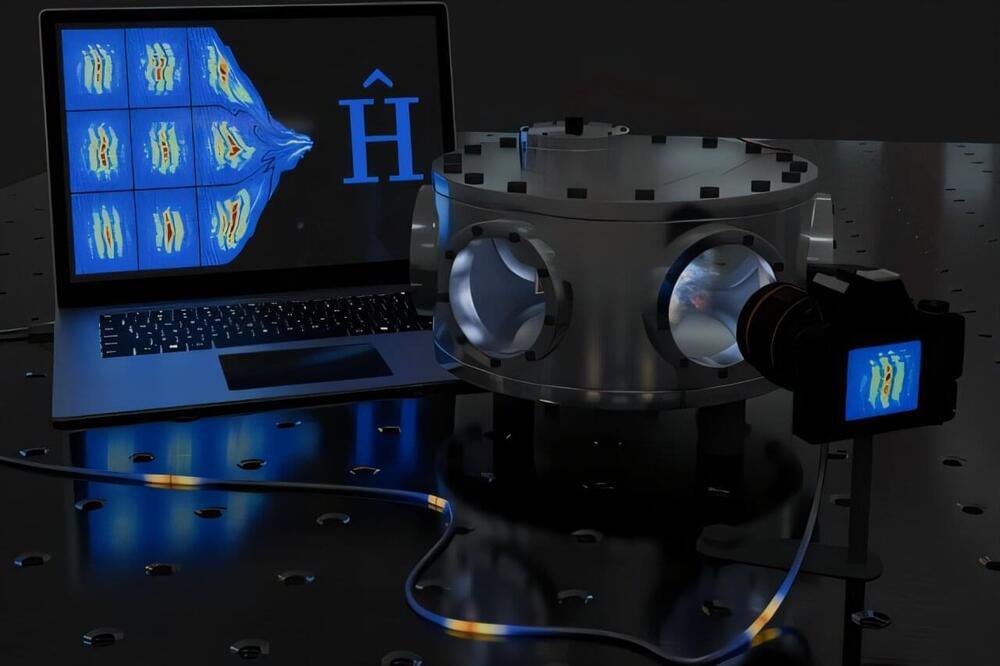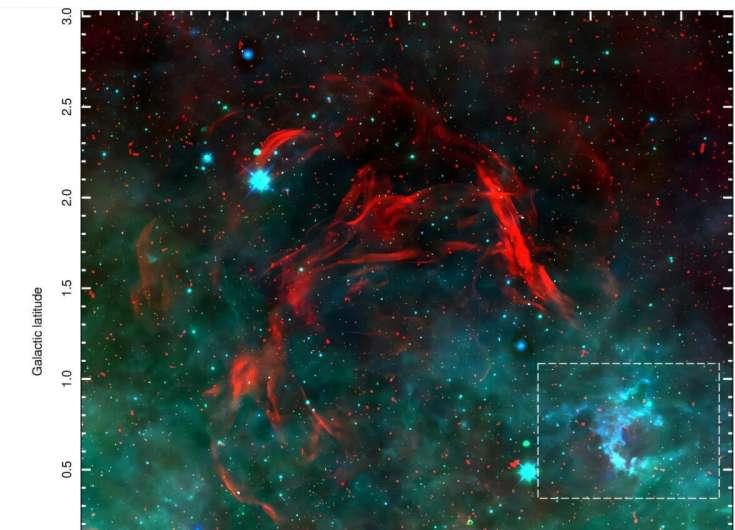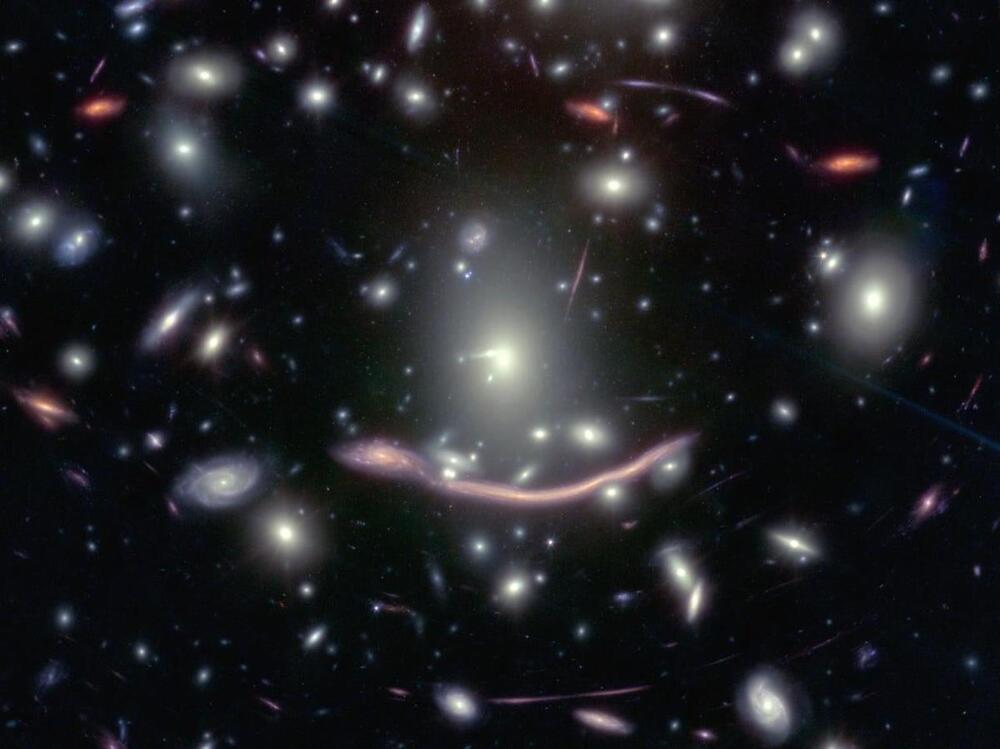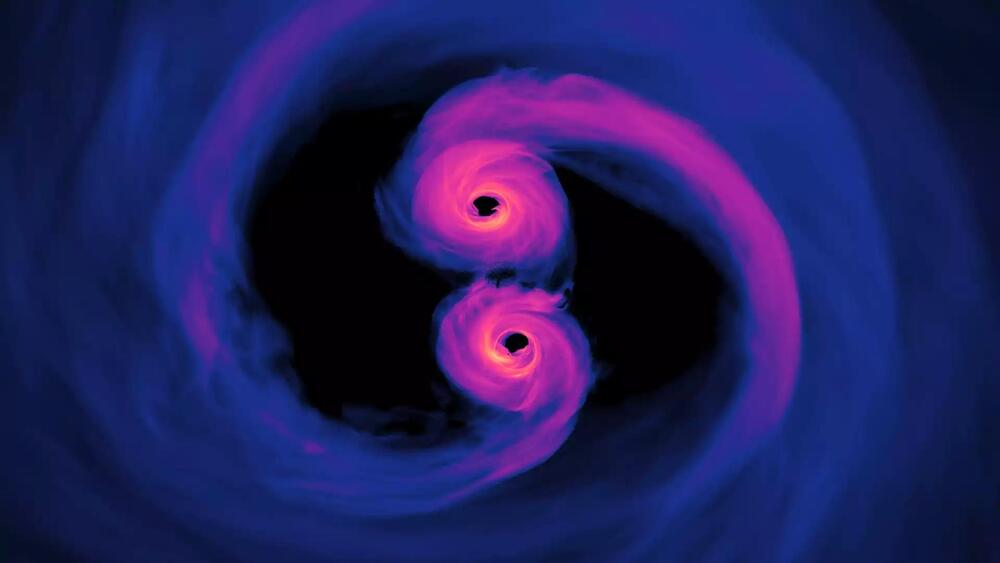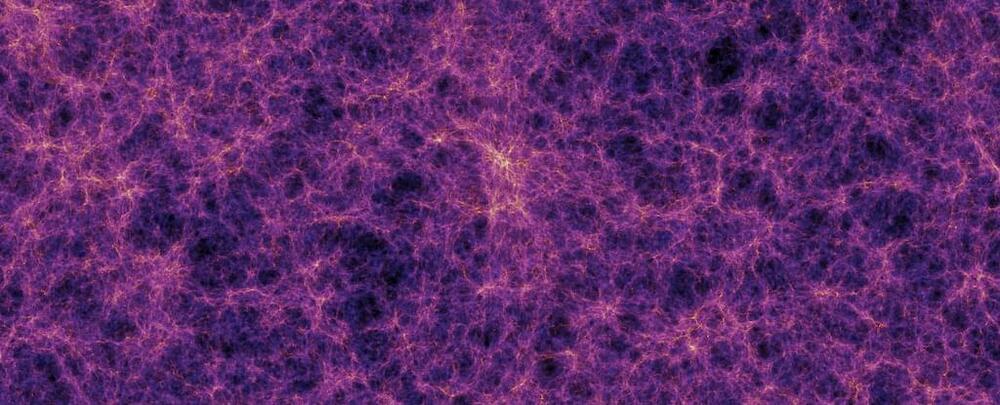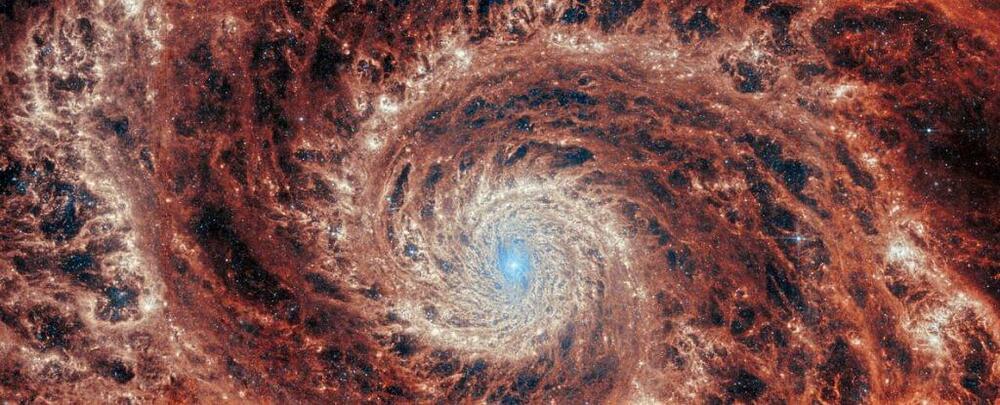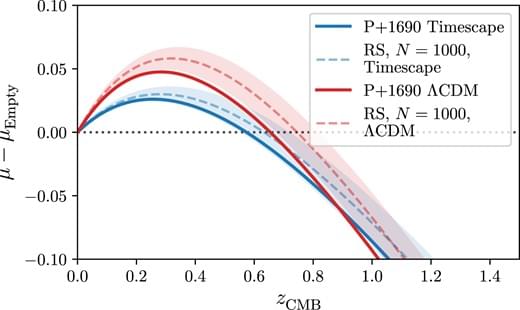Quantum physics is a very diverse field: it describes particle collisions shortly after the Big Bang as well as electrons in solid materials or atoms far out in space. But not all quantum objects are equally easy to study. For some—such as the early universe—direct experiments are not possible at all.
However, in many cases, quantum simulators can be used instead: one quantum system (for example, a cloud of ultracold atoms) is studied in order to learn something about another system that looks physically very different, but still follows the same laws, i.e. adheres to the same mathematical equations.
It is often difficult to find out which equations determine a particular quantum system. Normally, one first has to make theoretical assumptions and then conduct experiments to check whether these assumptions prove correct.
